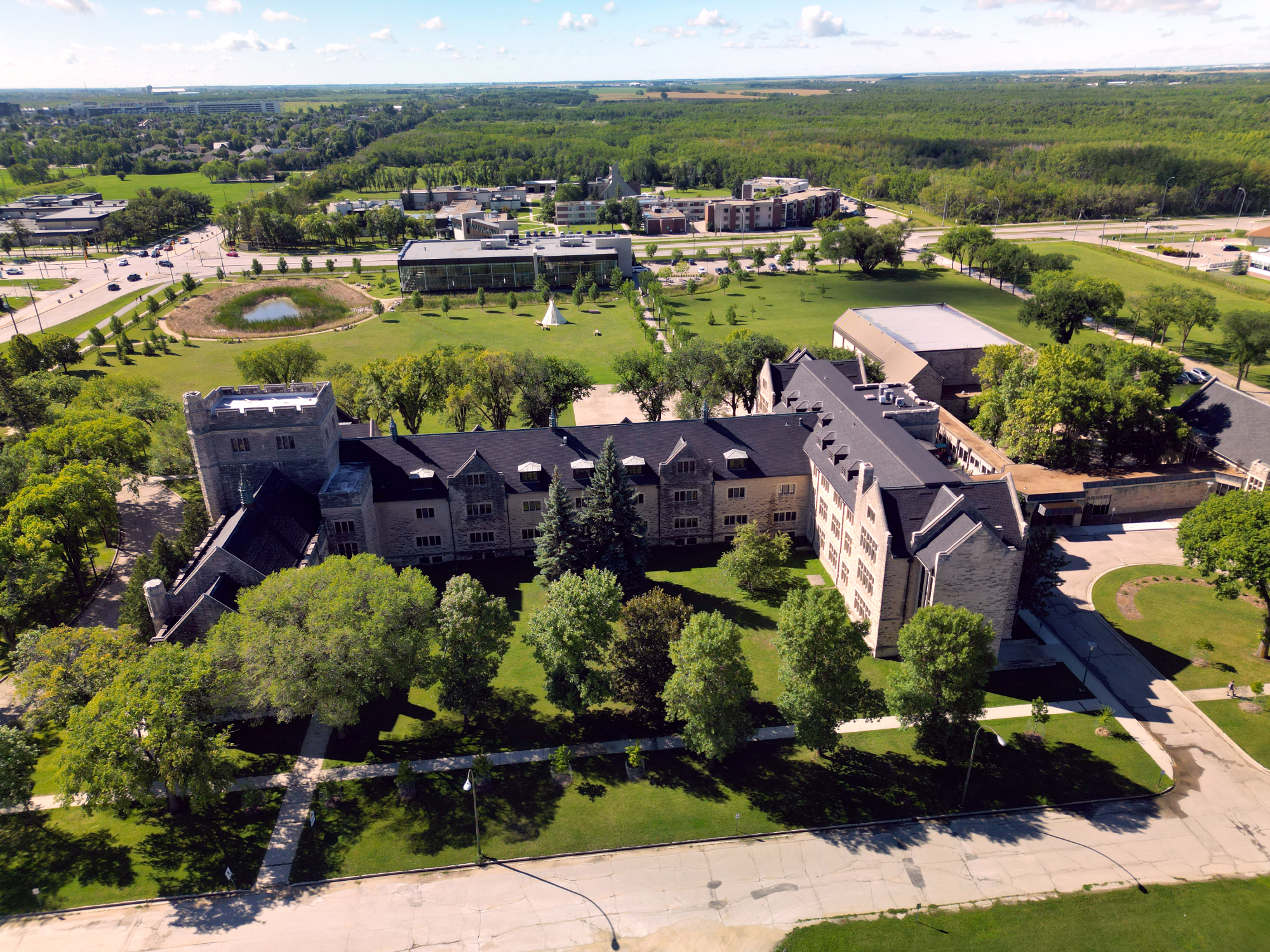News and Releases

Video
Face2Face | Whose Neighbour Am I? Treaty One and Mennonite Privilegium (video)
Thursday, October 11, 2018 @ 9:00 AM | Video
The stories of Indigenous and Mennonite peoples are woven into larger Canadian settlement movements, even as our experiences have been vastly different.
The early 1870's witnessed agreements with the government of Canada for both people groups. In August, 1871, Treaty 1—the first of seven signed Treaties—was signed between Canada and the Anishinabek and Swampy Cree of southern Manitoba, appropriating land from Indigenous peoples in return for reserved land and opening a basis for assimilation into Canadian society.
In July, 1873 a 'Privilegium' was signed between the government of Canada and Mennonites living in Russia with the offer of significant land reserves, freedom of religion, exemption from military service and an opening for entry into Canadian society.
How might a conversation to better understand these agreements with Indigenous and Mennonite peoples in Manitoba open us to live better together?
Key Questions
What do we need to better understand about our Indigenous and Mennonite stories?
- What were the Indigenous, Mennonite, and government understandings of what the Treaty and the Privilegium imagined?
- What understandings do each of these people groups bring to these agreements and to the stories that have unfolded since then?
- What context, narratives and myths regarding each of these agreements would be helpful to broaden our understanding?
- How might we have a conversation about what our mutual understandings of land were in the early 1870's?
Where does this leave us now?
- What are the questions opened by these historical realities?
- Given all that we now know, if we could turn the clock back to 1871 or 1873, what—if anything—might we do differently?
- How might Mennonites reimagine the story of 1873 in order to live better together now with their Indigenous neighbours?
- How have we honoured—and failed to honour—these early covenants? Where are we now?
- What does it mean to 'share the land,' a central concept of Treaty 1—especially in light of all that has occurred since 1871? How do rural and urban perspectives uniquely shape responses to this question? Where does hope lie?
Panelists
- Indigenous Representative: Niigaanwewidam James Sinclair, Assistant Professor in Native Studies, University of Manitoba, and a columnist for the Winnipeg Free Press; and
- Mennonite Representative: Hans Werner, Associate Professor in History (retired), University of Winnipeg
Moderator
- Dr. Wendy Kroeker, Assistant Professor, Peace and Conflict Transformation Studies; Academic Director, Canadian School of Peacebuilding
KEYWORDS: Face2Face, Treaty One, Mennonite Privilegium, reconciliation, Niigaan Sinclair, Hans Werner, Wendy Kroeker, video

 Print This Article
Print This Article